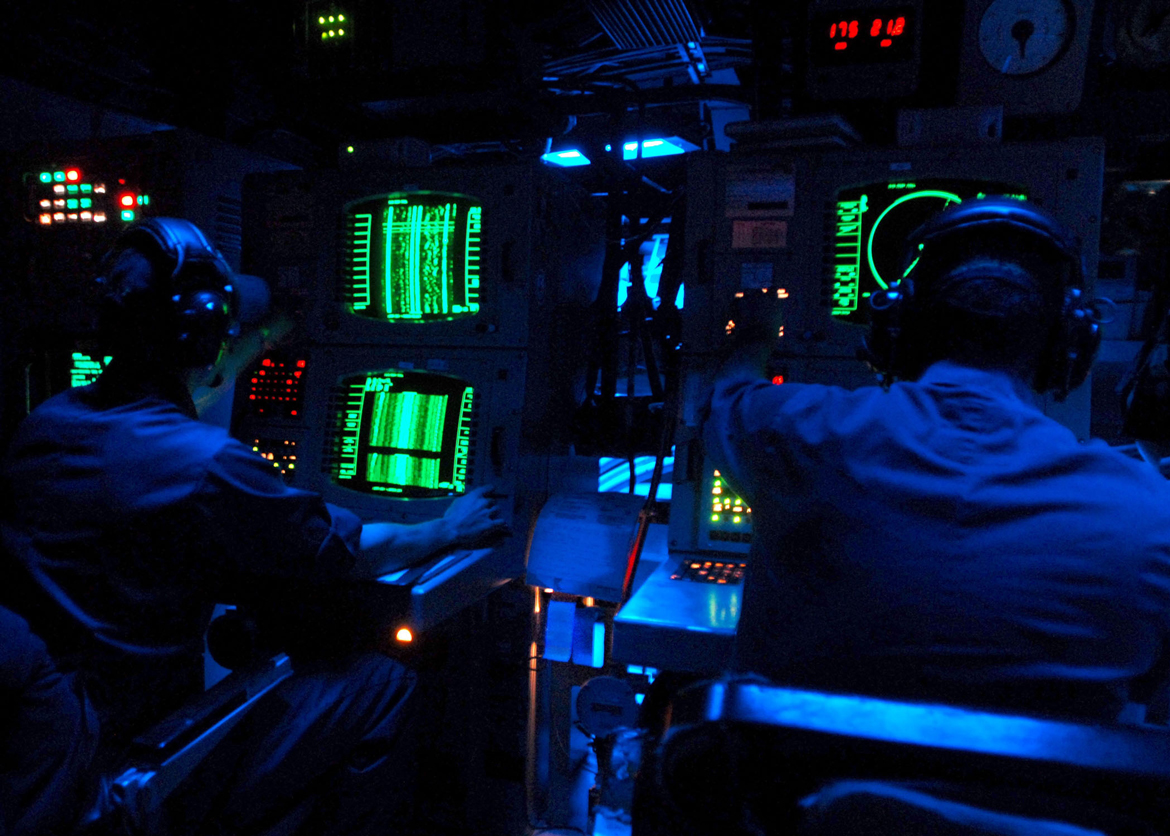Radar Signal Processing & Seismic Alert Systems
APS develops processing algorithms for fleet systems and wide-ranging embedded and desktop platforms focusing on sonar, radar signal processing, RF, optical, and seismic systems.
Signal and information processing combines information collection, processing, and undersea communications to analyze, modify, and synthesize signals. These signals can include sounds, motions, images, specific measurements, and more. Essentially, a signal is something that carries information about something with a physical quantity – speed, position, distance, pressure, temperature, and more. These are all things you and your crew need to know from moment to moment and things that need to be measured and communicated with accuracy.
Practically every piece of technology you and your crew rely on is enabled by signal and information processing – everything from radar signal processing, RF, and optical systems to a seismic alert system. Considering how important these systems are, you want to ensure that the way they communicate with each other and share information is optimized and effective. This is what signal and information processing from General Dynamics Applied Physical Sciences can provide.
APS algorithms can handle large and complex datasets with ease and can detect, classify, and locate data quickly.



